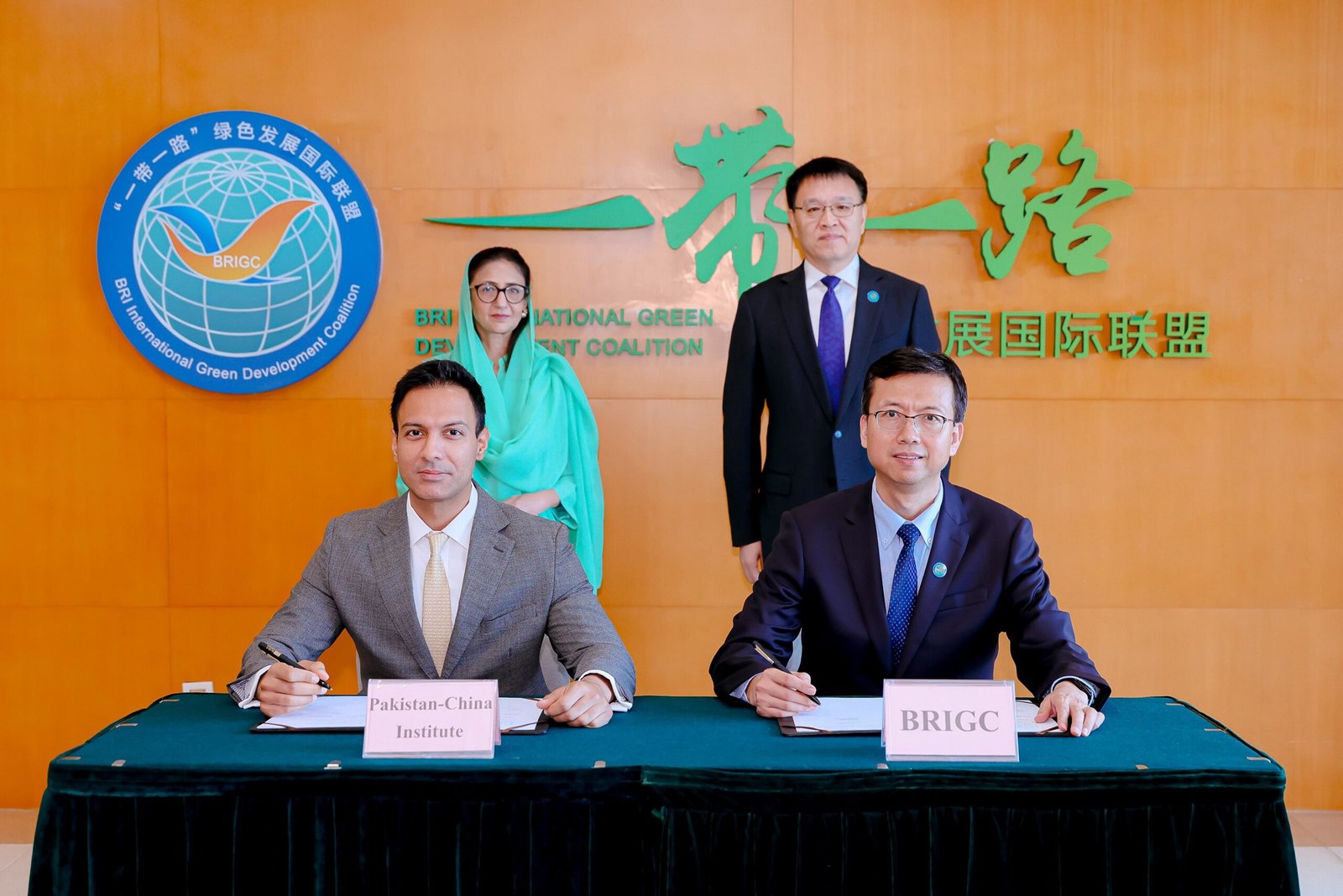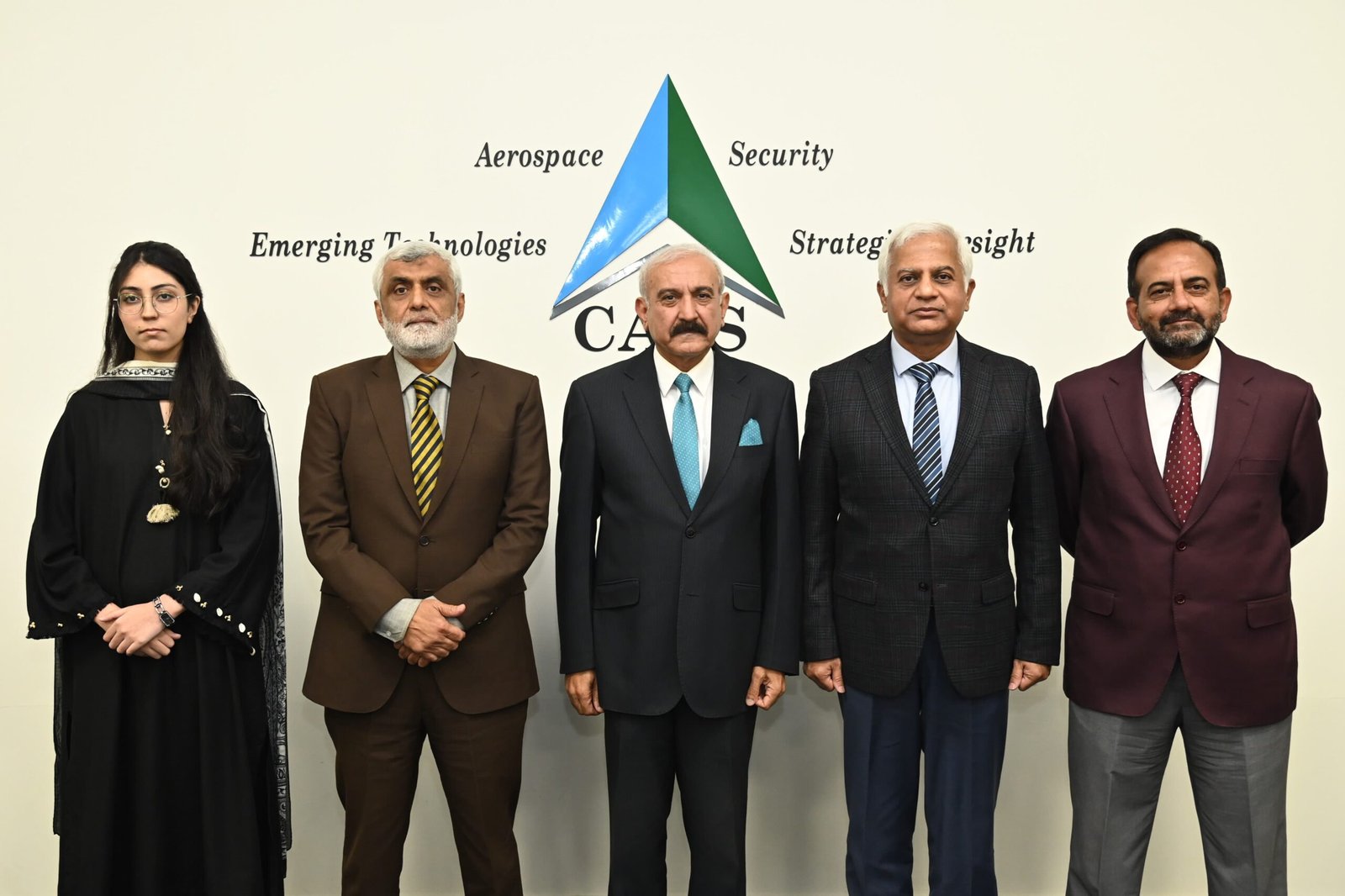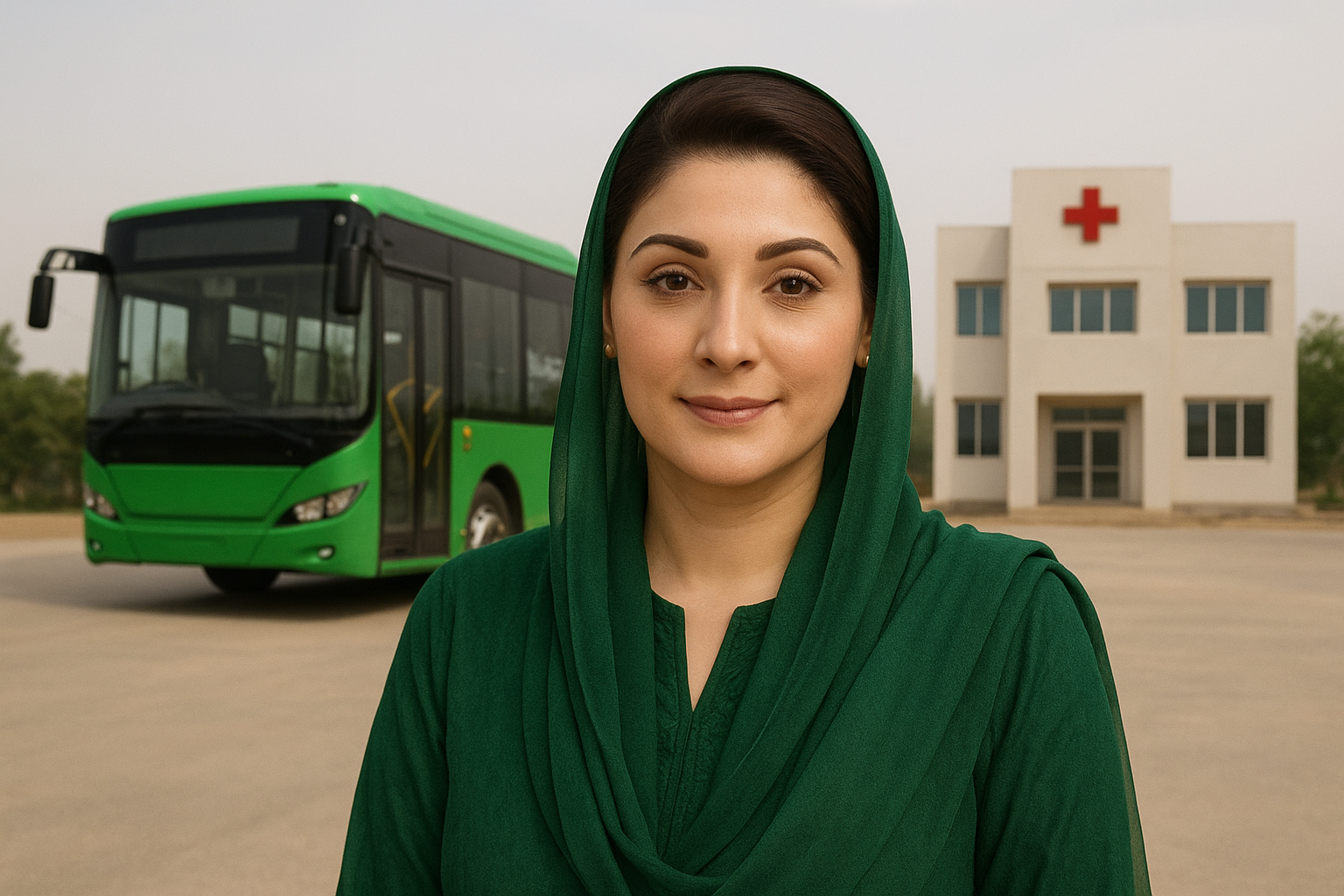Every year, on 27th September, the world comes together to celebrate World Tourism Day. In 2025, the theme “Tourism and Sustainable Transformation” resonates deeply with the urgent challenges facing Pakistan. Tourism is not just about travel; it’s about building bridges between people, preserving our environment, and creating opportunities for future generations.
For Pakistan, this year’s theme carries profound significance. Climate change, resource pressures, and unplanned development are reshaping the very landscapes that make our country extraordinary.
The Climate Challenge in Pakistan
Pakistan remains among the top 10 countries most vulnerable to climate change. The 2022 super floods displaced millions and caused damages exceeding $30 billion USD. In 2025, communities in Sindh, Punjab, and Gilgit-Baltistan continue to grapple with floods, droughts, glacial lake outburst floods (GLOFs), and rising heatwaves.
For tourism, this is more than an environmental crisis — it’s an existential threat. Washed-out roads, damaged heritage sites, and unstable mountain trails disrupt both domestic and international travel. The ecosystems that attract visitors — from snow-capped peaks to fertile valleys — are under severe strain.
Why Sustainable Tourism Policies Are Crucial
This is a defining moment. Unless national and provincial tourism departments unite with stakeholders — international experts, indigenous communities, private sector, government bodies, academia, youth, and media — Pakistan risks losing its competitive edge as a global tourism destination.
We need clear, enforceable, and inclusive sustainable tourism policies. These must go beyond paper and be implemented with strict monitoring and accountability. Only then can tourism become a driver of sustainable transformation, not a contributor to ecological stress.
Pakistan: A Land of Timeless Beauty and History
Despite these challenges, Pakistan remains a land of timeless beauty and history. From the Mughal heritage of Lahore and the Buddhist UNESCO sites of Taxila to the royal legacy of Bahawalpur and the vibrant cultures of Kalash, Kohistan, and Gilgit-Baltistan, our cultural wealth is unmatched.
The Indus Valley Civilization offers a glimpse into humanity’s earliest urban settlements. The trails of Alexander the Great cut across our land, linking us to global history. Pakistan also hosts significant religious tourism sites, including the Kartarpur Corridor and Nankana Sahib for the Sikh community, ancient Hindu temples in Sindh and Punjab, and sacred Buddhist sites that attract pilgrims from across the globe.
For adventure seekers, Pakistan is blessed with the world’s highest mountains and pristine landscapes. From K2, the second-highest peak in the world, to the breathtaking Himalayas, Karakoram, and Hindu Kush ranges, Pakistan is a natural playground for trekkers, mountaineers, and explorers.
A Call to Action
Pakistan has everything it takes to become a world-class tourism hub — rich culture, diverse landscapes, and unparalleled hospitality. But to unlock this potential, sustainability must be at the heart of our tourism strategy. This requires investment in climate resilience, heritage conservation, eco-tourism initiatives, and capacity building for local communities.
If marketed globally with vision and responsibility, Pakistan could emerge as the top tourist destination of 2026. More importantly, it could set an example of how a country can use tourism as a tool for peace, prosperity, and environmental stewardship.
My personal vision — through Walnut Travel Tours & Consultancy — is to brand Pakistan as a destination of “Tourism for Peace.” By aligning with the UN Sustainable Development Goals, we can create a tourism model that not only preserves our heritage but also builds a better future for our youth and generations to come.
On this World Tourism Day 2025, let us commit to transforming tourism into a force for sustainable development. For Pakistan, the time to act is now.










